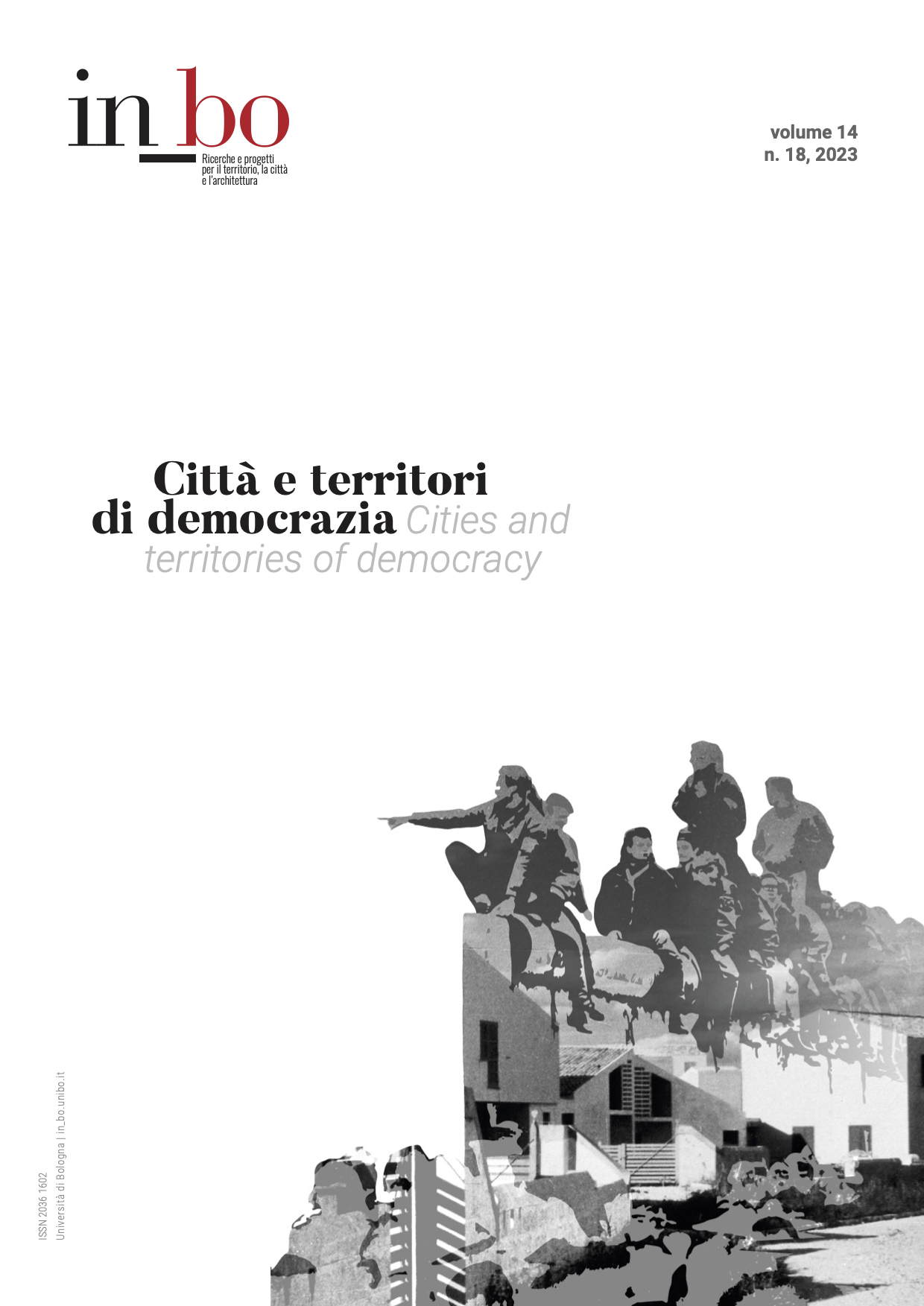Il piano e la legge. I domini collettivi della Carnia sulla soglia di una nuova stagione
DOI:
https://doi.org/10.6092/issn.2036-1602/14818Parole chiave:
proprietà collettive, piano paesaggistico, risorse ambientali, Friuli Venezia Giulia, storia dell’insediamento alpinoAbstract
L’approvazione della legge nazionale sulle proprietà collettive (2017) e la quasi contestuale approvazione del Piano Paesaggistico Regionale del Friuli Venezia Giulia (2018) stanno introducendo delle novità nei luoghi che maggiormente avevano visto rinascere l’attenzione sulle proprietà collettive. Il saggio prende come esempio una delle aree più dense di rivendicazioni gestionali da parte delle comunità frazionali, uno dei tradizionali quartieri alpini della Carnia, il Canal di Gorto. Un ambiente segnato dalla crisi del popo- lamento e dalla incertezza sulla tenuta delle comunità rispetto alle grandi trasformazio- ni economiche imposte da globalizzazione e delocalizzazione industriale. In quest’area si sono volute descrivere le novità introdotte in questo ultimo lustro per riconoscere se si profilano delle trasformazioni nell’evoluzione della gestione dei patrimoni collettivi.
Il riconoscimento nel piano paesaggistico dei cosiddetti “usi civici” in Friuli Venezia Giulia si è rilevato molto parziale nonostante la collaborazione del coordinamento delle proprietà collettive regionali e le nuove indagini degli uffici di pianificazione regionale impegnati nella formazione dello strumento urbanistico. Per contro almeno tre piccoli villaggi nel 2020 hanno rivendicato il diritto democratico di poter gestire in proprio le risorse frazionali per poter garantire vantaggi e servizi agli abitanti. Il processo descritto si colloca all’interno di una rivendicazione democratica di gestione territoriale capace di produrre progettualità pur partendo da sollecitazioni pianificatorie di livello regionale.
Downloads
Pubblicato
Come citare
Fascicolo
Sezione
Licenza
Copyright (c) 2023 Moreno Baccichet

Questo articolo è soggetto a licenza Creative Commons Attribution-NonCommercial 3.0 Unported License.




